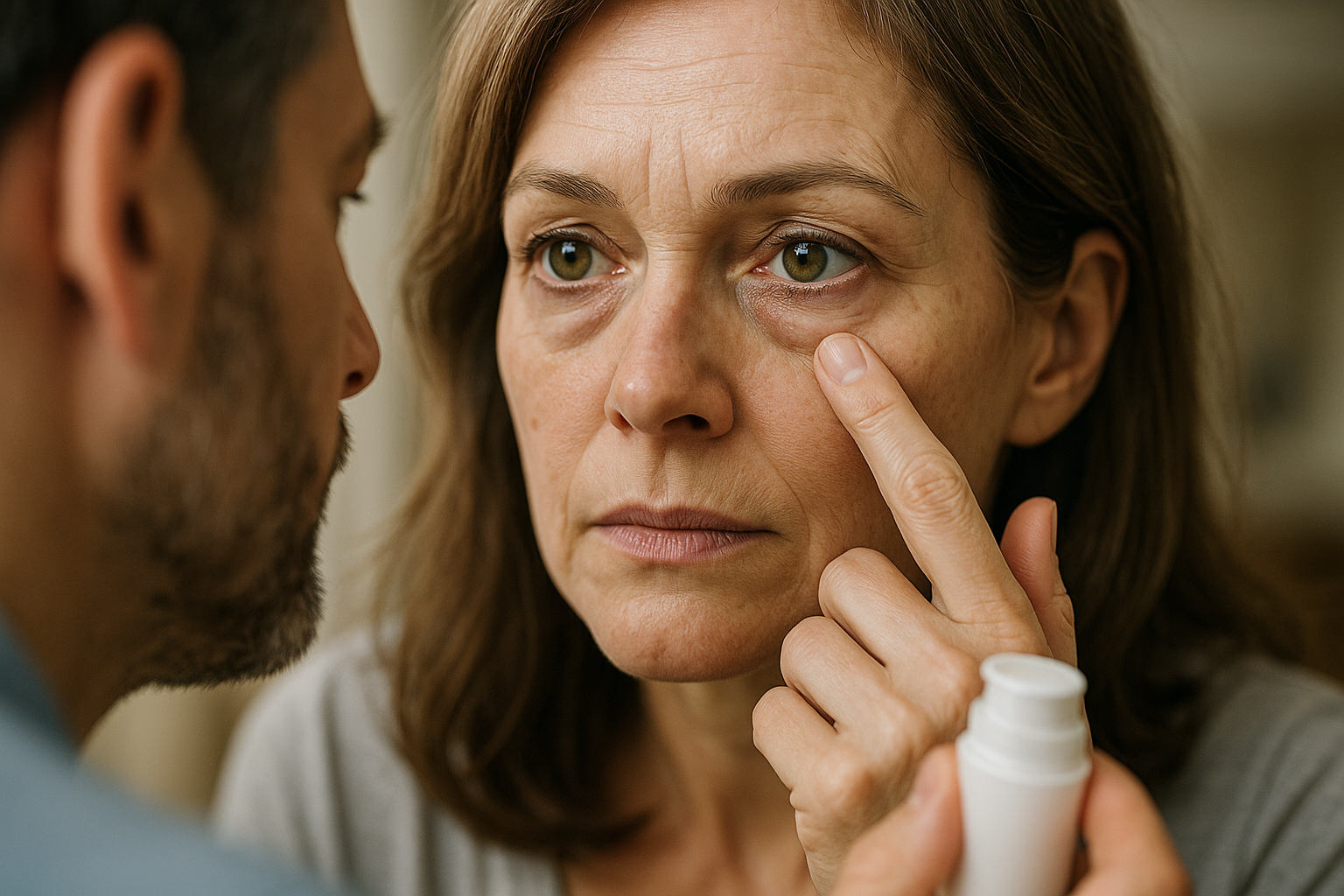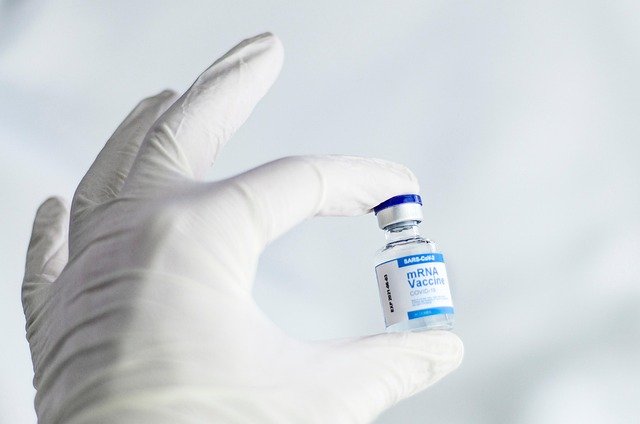Depression Information
Depression isnt just feeling a little down here and there its a hidden, powerful force that can silently take over your life. You might not even realize its happening until it starts destroying your relationships, work, and personal happiness. While sadness is the most obvious symptom, depression shows up in unexpected ways that most people miss--until it becomes too overwhelming to ignore.

What Are Persistent Feelings of Sadness or Hopelessness?
Persistent sadness and hopelessness are core symptoms of depression that last for two weeks or more. These feelings differ from normal emotional responses to life events, characterized by:
-
Constant feelings of emptiness or worthlessness
-
Difficulty finding joy in previously enjoyable activities
-
A sense that things won’t improve
-
Overwhelming feelings of guilt or self-blame
How Does Depression Affect Daily Life?
Depression’s impact extends beyond emotional symptoms, affecting multiple aspects of daily functioning:
-
Changes in sleep patterns (sleeping too much or too little)
-
Significant changes in appetite and weight
-
Difficulty concentrating or making decisions
-
Reduced energy and motivation
-
Physical symptoms like headaches or digestive issues
Quick Depression Self-Check: 7-Point Test
Consider these seven key indicators when evaluating potential depression:
-
Persistent sad or anxious mood
-
Loss of interest in activities
-
Changes in sleep patterns
-
Appetite and weight changes
-
Difficulty concentrating
-
Physical symptoms without clear cause
-
Thoughts of death or suicide
What Are Common Risk Factors for Depression?
Understanding risk factors helps identify vulnerability to depression:
-
Family history of mental health conditions
-
Major life changes or trauma
-
Chronic medical conditions
-
Substance use
-
Social isolation
-
Previous episodes of depression
-
Certain medications or medical conditions
What Professional Assessment Options Are Available?
Several assessment methods help diagnose depression:
-
Clinical interviews with mental health professionals
-
Standardized depression screening tools
-
Physical examinations to rule out medical causes
-
Psychological evaluations
-
Blood tests to check for underlying conditions
What You Can Do Next
If you recognize depression symptoms, these steps can help:
-
Consult a primary care physician or mental health professional
-
Consider therapy options (individual, group, or online)
-
Explore medication options with a qualified healthcare provider
-
Build a support network of family and friends
-
Implement lifestyle changes (exercise, sleep hygiene, nutrition)
Remember that depression is treatable, and seeking help is a sign of strength, not weakness. With proper support and treatment, many people experience significant improvement in their symptoms and quality of life.
This article is for informational purposes only and should not be considered medical advice. Please consult a qualified healthcare professional for personalized guidance and treatment.
If you or someone you know is experiencing thoughts of suicide, contact the National Suicide Prevention Lifeline (988) immediately for 24/7 support.




